The two-week UN Climate Change Conference wrapped up last weekend in Paris. COP21 was the latest international meeting to follow the 1992 UN Framework Convention on Climate Change and the 1997 Kyoto Protocol.
Last year in Paris, nations forged a historic agreeemnt calls for zero net greenhouse gas emissions by the second half of this century, and efforts to limit the global temperature increase to 1.5° C. But unlike the Kyoto Protocol, this new agreement contains no detailed timetable or country-specific emissions goals.
Reaction to the deal has been mixed. Famed former NASA scientist James Hansen called the talks “a fraud,” while Greenpeace was cautiously optimistic.
We asked some Skoll Awardees to give their candid impressions of COP21.
Also read the Skoll perspective, from Principal Eric Cooperström.
Gary Cohen, Health Care Without Harm
After two weeks of intense negotiations, the world’s governments have signed a landmark global treaty that—for the first time in history—will commit nations to reducing their greenhouse gas emissions. And in Paris, over this two-week period, an unprecedented alliance of doctors, nurses, and other health professionals representing over 1,700 health organizations, 8,200 hospitals, and 13 million health professionals came together to bring the public health imperative of climate change to these negotiations.
During COP21, the health sector also committed to leading the way toward climate solutions, promoting low-carbon health care, climate-resilient health systems, and health care leadership in support of policies that combat climate change. In the lead-up to COP21, 60 health care institutions from 16 countries representing over 8,000 hospitals adopted a 2020 Health Care Climate Challenge to dramatically reduce their greenhouse gas emissions and exercise leadership on climate change. In this way, they are forging a new social contract with society, publicly acknowledging their responsibility to heal the environment as core to their mission.
In this new era of climate change, health leaders need to become human rights advocates, defending peoples’ right to clear air, clean water, healthy food, and adequate shelter as the fundamental conditions for health. These rights are already being violated by our addiction to fossil fuels and toxic chemicals and the situation is only going to become worse unless we renew our commitment to our mission. Health leaders need to become healers not only within their institutional walls but in the communities they serve and for the Earth that sustains us all.
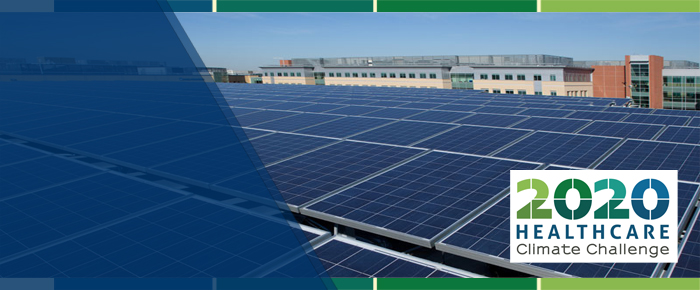
Willy Foote, Root Capital
After years of neglect, we were heartened to see agriculture gain a seat at the table during the Paris climate negotiations. Most of the national action plans brought to Paris mentioned the need for greater mitigation efforts and adaptation support for agriculture. And more importantly, the final agreement emphasized the need for a global transition to more climate-smart agricultural practices.
The challenge now lies in translating these global commitments—often light on the practical details—into action for agricultural communities.
In particular, we see a need for more financing to allow the world’s 500 million smallholder farmers and the supply chains that depend on them to transition to climate-smart agriculture. More money must flow into agricultural supply chains to address a persistent gap in climate finance for agriculture. And we also need greater innovation around financial mechanisms to reach smallholder farmers.
Root Capital believes small and growing agricultural businesses represent one critical channel, among many, for promoting the adoption of climate-smart practices at the farm level. But financial institutions must continue to identify new ways to reach farmers and their communities, so we can collectively build resilient agricultural systems. Given the imminent threat of climate change, smallholders and the global food systems that depend on them cannot afford inaction.
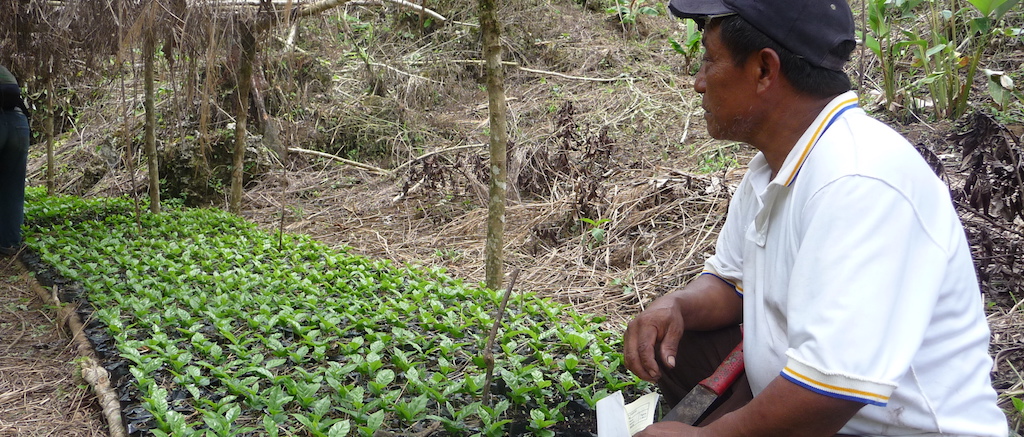
Tim Hanstad, Landesa
One important missed opportunity at the Paris Climate Change Conference was discussion of land rights for smallholder farmers, a key factor in understanding both the causes of climate change and the best ways to address rising impacts.
Agriculture and changing land use are responsible for two-thirds of climate change, according to the Intergovernmental Panel on Climate Change, making smallholders who manage 80 percent of the land in Sub-Saharan Africa and Asia critical agents of change. Many, if not most, of these smallholders lack secure rights to their land, however. This undermines their ability and interest in conserving and investing in their land and the associated natural resources and soil.
Securing land rights can incentivize smallholders to adopt climate-smart agriculture methods that would serve both to sequester carbon stores, and to ensure agricultural productivity and secure food supplies in the face of mounting climate pressure.
In the follow-up to the Paris Conference, the most urgent challenge from our perspective is to develop global awareness and buy-in around the need to understand and address land rights for smallholder farmers—and particularly for women—as a critical piece of solving the climate change puzzle.
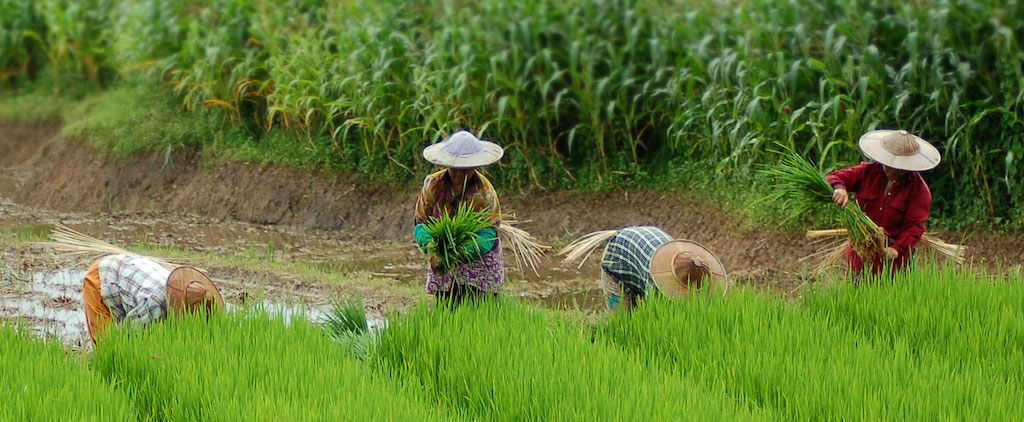
Alasdair Harris, Blue Ventures
The Paris COP was a diplomatic tour de force skilfully delivered by the French hosts: expectations were exceeded, and global recognition of the imperative to decarbonize was achieved, requiring all countries to limit emissions to a global temperature change of 2° C (and the aspiration of 1.5°).
Yet behind the elation Paris also saw universal recognition that these commitments are woefully insufficient to steer our path away from dangerous climate destabilization and its consequences of catastrophic sea level rise, unprecedented human migration, and mass extinction of species.
While legally binding, the Paris agreement lacks teeth to enforce country-level commitments, and carries no obligation for rich countries—which bear overwhelming responsibility for our current predicament—to provide finance to poorer states for adaptation.
For some of the most vulnerable species, ecosystems, and human communities on earth, from as far afield as the Arctic and the tropical Pacific, climate disruption is here to stay, and worsening each year.
As we approach the end of yet another year of record-breaking warming, once again our hottest on record, this new agreement must not trigger complacency—but rather a renewed focus on collective action and innovation. At a time of rapid global population growth and soaring resource consumption, the stakes could not be higher.
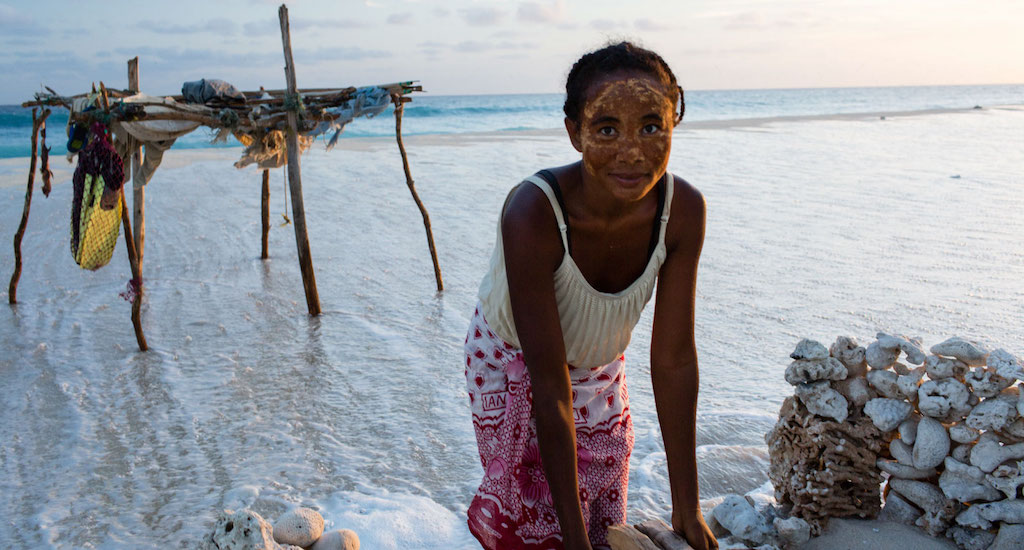
Mindy Lubber, Ceres
Two inspiring examples of how we can realize the carbon emission reductions envisaged at COP21 are found in Morocco and California, which have both set goals to get half their energy from renewable power by 2030.
Tired of relying on imported energy, Morocco eliminated all subsidies for fossil fuels, which took political courage. They opened their electric sector to private companies and enabled power purchase agreements, which are long-term guarantees that the state will buy power being generated.
Now they’re about to open a massive concentrated solar power plant about the size of the capital, Rabat. The plant will bring power to one million Moroccans when it is completed in 2017.
California has been working longer and is almost halfway to its renewable energy goals. State governor Jerry Brown has prioritized energy storage technologies, passing legislation that requires electric utilities to secure 1,300 megawatts of energy storage capacity by 2022.
Despite early skepticism, utilities such as Southern California Edison have already exceeded expectations by securing more than 250 megawatts last year alone.
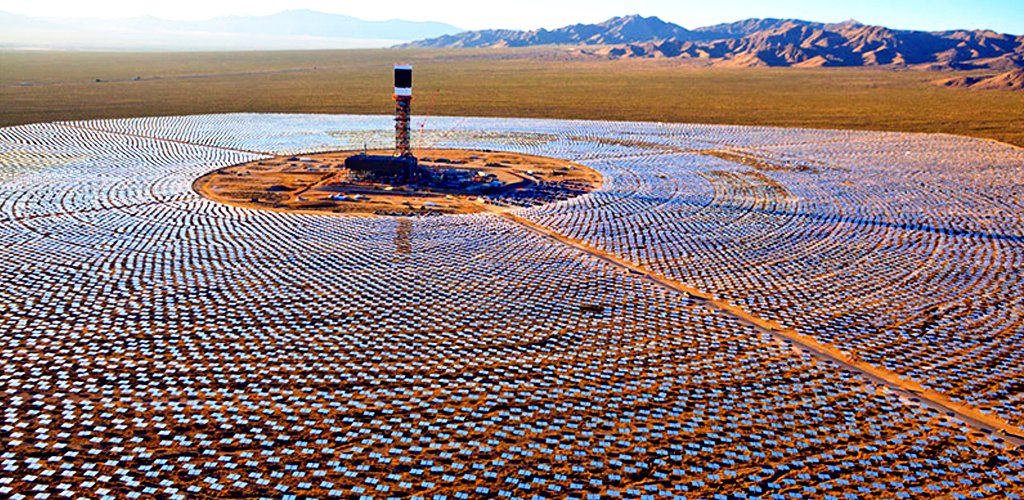
Mark Plotkin, Amazon Conservation Team
Although deliberations at the COP21 summit in Paris dragged into Saturday afternoon—due to outstanding issues such as climate financing and overall target temperature—the Paris Agreement has been drafted, bringing with it significant and extensive language on forests and indigenous peoples that could lead to a sharp reduction in deforestation rates and increased protection of indigenous rights around the globe. However, and as a word of caution, let’s not fail to remember that the great feelings and hopefulness that came out of the landmark Rio 92 Conference never translated into positive conservation action on the ground or in the rainforest.
For us at the Amazon Conservation Team, it is now crucial to move from negotiations in Paris to implementation in the Amazon. Fortunately, at COP21 our colleagues in the Colombian government launched an ambitious package to strengthen indigenous self-governance and at the same time reduce deforestation. With 300 million USD in financial support from Germany, Norway, and the United Kingdom, Colombia will attempt to reach zero net deforestation in the Amazon by 2020 and halt the loss of all natural forests by 2030. For the first time in history, three donor countries have joined hands with a large tropical forest country to provide funding based on verified emission reductions from deforestation. That is a good sign of things to come—hopefully. (with Isidoro Hazbun)
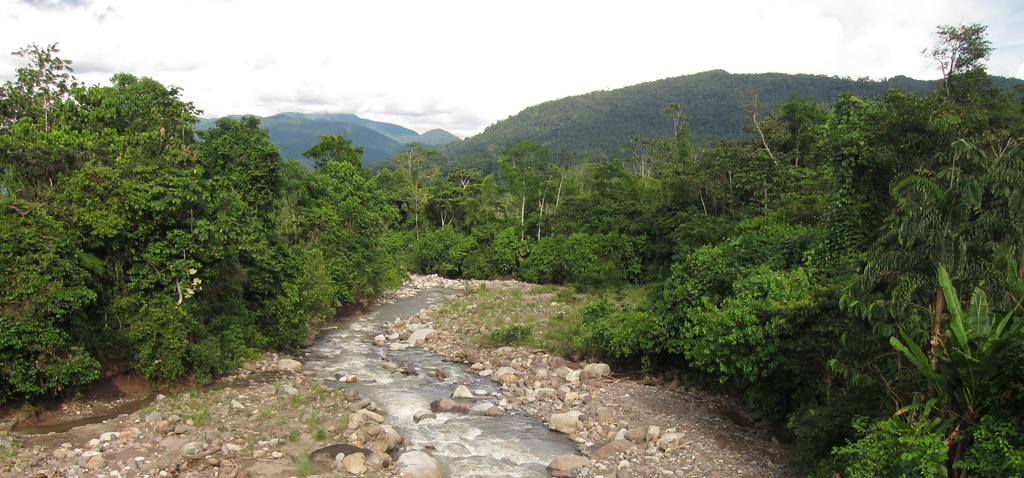
Sue Riddlestone, Bioregional
It’s a massive breakthrough and turning point for the world that all nations have now agreed to limit global warming to 1.5-2° C to avoid dangerous runaway climate change.
Knowing through our work at the UN how nations want to solve problems in their own way, the neatest thing about the Paris Agreement is that all countries will make national plans (INDCs) to achieve the 1.5-2° C goal, with 187 nations having already made their first plans. Even better, these plans will be ratcheted up based on what the science tells us is necessary.
Our expertise in creating sustainable low-carbon lifestyles and business strategies, especially zero-carbon homes where people can live a sustainable or “one planet” lifestyle, should now be more in demand. The big challenge for us is how to share this knowledge most effectively to support the global transition to a fossil fuel-free world.

Carne Ross, Independent Diplomat
Late on Saturday morning, the final text of the Paris agreement was distributed. It was snatched eagerly from offering hands and reviewed assiduously. Within minutes, the Whatsapp messages started flying. A shiver of electricity ran through the plenary hall. The excited whispering had a theme: the text was good. The French had been brave. This was no stitch-up; this was the real deal.
Fabius had pushed everyone to the very edge of their comfort zone. Now, he had to land it. Most of Saturday was taken up by intense bilateral negotiations as the French worked to secure the support of all. It did not come off entirely smoothly, and a kerfuffle over a typo (or, perhaps, a “typo”) threatened to derail everything at the last second, delaying formal adoption for more than an hour. In the end, however, the political will held. The necessary calls were made. The gavel fell. And it was done.
Many commentators have said since Saturday that this agreement is not enough. No climate negotiator would disagree with that. But this agreement contains everything it reasonably could to pull our emissions curve downward as fast as humanly possible. Now it needs the one thing it couldn’t provide—a global movement of communities and activists, civil society and responsible businesses that roars with one voice that this agreement must be ratified and implemented, immediately and with absolute and uncompromising determination. (With Independent Diplomat climate advisor Michael Dobson)

Beto Verissímo, Imazon
The Paris agreement emphasizes the importance of forest conservation, reinforcing the package of REDD+ decisions that was agreed at COP19. Forests have a big role to play as carbon sinks that help contribute to the goal of zero net emissions.
Another important outcome was the provision to update countries’ mitigation commitments (the nationally determined contributions—NDCs) every five years. This provision is a smart way to avoid renegotiating the agreement itself in the future.
But the agreement should have specified when emissions will peak, as well as a clear timeline to reach zero net emissions. Clearer guidance could have stimulated countries to start planning and implementing the necessary changes, thereby starting this transition sooner.
There should also have been a provision for new mitigation and adaptation financing by 2020; instead the agreement puts this off until 2025.
The most important next step is to make countries ratify the agreement and implement their NDCs. The Kyoto Protocol entered into force eight years after its adoption in 1997. We can’t wait that long.
As civil society we need to press governments to both ratify the agreement and make their NDCs a reality. We also need to engage with the private sector and sub-national governments to get them involved in the implementation of the agreement.
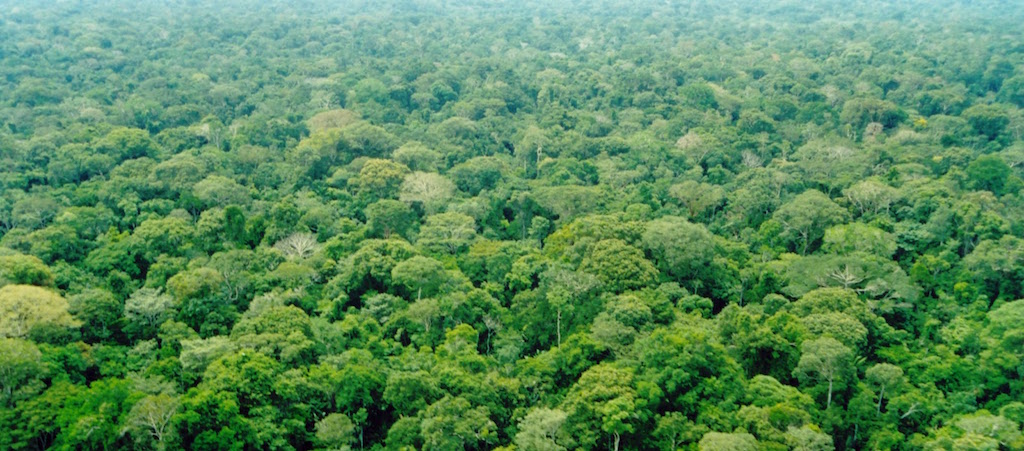
Eric Cooperström, Skoll Foundation
Last weekend, leaders from 195 countries culminated a two-week frenzy of deal-making and negotiations to announce the Paris Agreement, the most far-reaching global policy on climate change ever agreed upon. For the first time, consensus emerged around the need to limit global temperature rises to 2° C, and to below 1.5° if possible.
Leaders recognized the need to provide financing as the transition from fossil fuels to clean energy speeds up. And balancing the high-level global targets are bottom-up country-generated emissions reductions plans with targets that are reevaluated and strengthened every five years.
Climate deniers and skeptics of international agreements would be right to point to past failures to build consensus and drive global progress on climate change, and the Paris Agreement is not a silver bullet. The Agreement still needs to be ratified by countries representing at least 55 percent of global warming emissions, and there is no punishment for countries that do not achieve their reduction targets. Further, according to the UN Framework Convention on Climate Change, country pledges made prior to the conference would result in a 2.7° C temperature rise by 2100, far exceeding Paris’ goals.
But Paris was a huge leap in the right direction. Where past attempts at building global consensus have failed, Paris succeeded on multiple fronts that the Skoll Foundation and the social entrepreneurs we support hold dear. Hundreds of business leaders showed politicians the way forward by adopting emissions reductions targets, pledging 100 percent renewable energy sourcing and other climate measures.
Forests and pay-for-performance forest management compensation were specifically recognized for their massive contributions to fighting climate change. Some 1,700 health organizations representing 13 million health professionals came together to promote low-carbon health care and climate-resilient health systems.
Adaptation, mitigation and climate-smart agriculture approaches were highlighted in the final agreement and in most national plans. And in conjunction with Paris, sub-national progress like San Diego’s commitment to 100 percent renewable energy by 2020 and Morocco’s abolition of fossil fuel subsidies and massive investments in solar power prove that global momentum towards a low-carbon future is gaining.
The big takeaway from Paris? We’re in this together as a global community, and everyone—from governments, to business, to civil society and beyond—must do their part to ensure a sustainable future.